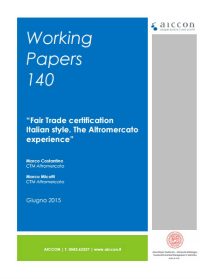140 – Fair Trade certification Italian style. The Altromercato experience
Abstract
Certification is one of the most hotly debated issues in the fair trade international movement. Fair Trade oriented consumers and public administrations demand more and more transparency and accountability, while fair trade producers’ organizations press for cheaper models, and distributors ask for very visible labels to stress the ethical features of the product. So far, it has been very difficult to identify a single model satisfying all these different needs. In the past twenty years, two main approaches have been adopted to meet the above-mentioned needs and to ensure the reliability of Fair Trade: a product-centered approach and an organization-centered approach. Both approaches present advantages and disadvantages regarding certification quality versus costs and visibility in the eyes of all the stakeholders involved in the value chain.
We here present an original fair trade evaluation and monitoring model, framed into the organization-centered approach and experimented by the leading Italian Fair Trade organization, CTM Altromercato throughout its 27- year-long history. We analyse and compare, for the first time, the most significant data collected in the last 5 years through the evaluation forms designed by CTM Altromercato’s Project Committee (the internal body responsible for the evaluation system), trying to derive useful results regarding producer organizations’ performance, with particular reference to compliance with fair trade standards. For the purposes of the present paper, 55 different fair trade producer organizations from 23 countries were examined, accounting for about one third of all CTM Altromercato’s suppliers.
The statistical analysis of the data included in the evaluation grids, with particular reference to major and minor non compliances, observations and good practices observed during audits, offers an insight into CTM Altromercato’s partners, highlighting their main and most common strengths and weaknesses.
Finally, an overview on the next challenges and development of CTM Altromercato’s evaluation system is provided: the new WFTO certification system and labelling policy is going to increase the number of certified organizations and, at the same time, to introduce some changes aimed to improve the evaluation process effectiveness. In fact, the increasing number of “domestic” Fair Trade products is pushing for a customized approach to evaluate fair trade compliance within such a different context.
Keywords: product certification, organization assessment, monitoring, Fair Trade principles, long term relationship, 2nd level organizations, WFTO assessment system, quantitative analysis of Fair Trade assessment process outcomes

